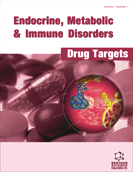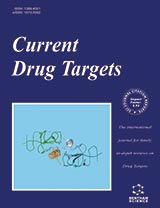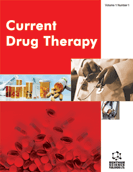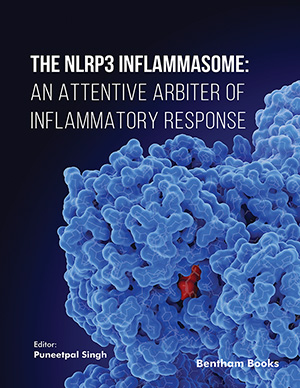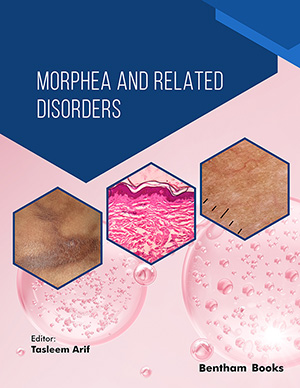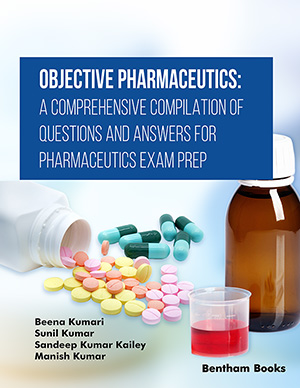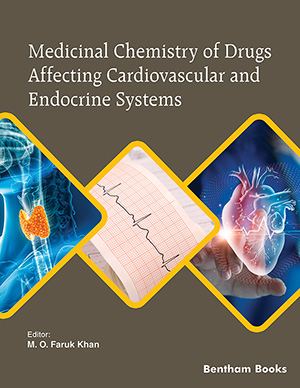Abstract
Bacterial lipopolysaccharide (LPS, endotoxin) is the major constituent of the outer membrane of Gramnegative bacteria. LPS can cause a variety of immune- and cellular disorders that lead to lethal effects and clinical manifestations of infectious diseases. Several molecular and cellular in vitro techniques, besides synthesis of analogous molecules of the LPS active region, have provided insight in the molecular mechanisms of LPS bioactivity in cellular systems. These advances have facilitated the application of diverse LPS–based molecules in relevant areas such as vaccine technology, allergen immunotherapy, treatment of immune-related diseases/disorders, LPS-related inflammatory processes and sepsis. The purpose of this review is to examine the progress in the generation of new LPS-based molecules and their therapeutic potential.
Keywords: Adjuvant, bacterial LPS, drug development, immune disorders, endotoxin, LPS–based molecules, oxygen delivery, hypoglycemia, hemodynamics, organ dysfunction, Neisseria meningitidis, 3-deoxyoctonoic acid, N-glucosamine.
Endocrine, Metabolic & Immune Disorders - Drug Targets
Title:The Role of Bacterial Lipopolysaccharides as Immune Modulator in Vaccine and Drug Development
Volume: 12 Issue: 3
Author(s): Jesus Arenas
Affiliation:
Keywords: Adjuvant, bacterial LPS, drug development, immune disorders, endotoxin, LPS–based molecules, oxygen delivery, hypoglycemia, hemodynamics, organ dysfunction, Neisseria meningitidis, 3-deoxyoctonoic acid, N-glucosamine.
Abstract: Bacterial lipopolysaccharide (LPS, endotoxin) is the major constituent of the outer membrane of Gramnegative bacteria. LPS can cause a variety of immune- and cellular disorders that lead to lethal effects and clinical manifestations of infectious diseases. Several molecular and cellular in vitro techniques, besides synthesis of analogous molecules of the LPS active region, have provided insight in the molecular mechanisms of LPS bioactivity in cellular systems. These advances have facilitated the application of diverse LPS–based molecules in relevant areas such as vaccine technology, allergen immunotherapy, treatment of immune-related diseases/disorders, LPS-related inflammatory processes and sepsis. The purpose of this review is to examine the progress in the generation of new LPS-based molecules and their therapeutic potential.
Export Options
About this article
Cite this article as:
Arenas Jesus, The Role of Bacterial Lipopolysaccharides as Immune Modulator in Vaccine and Drug Development, Endocrine, Metabolic & Immune Disorders - Drug Targets 2012; 12 (3) . https://dx.doi.org/10.2174/187153012802002884
| DOI https://dx.doi.org/10.2174/187153012802002884 |
Print ISSN 1871-5303 |
| Publisher Name Bentham Science Publisher |
Online ISSN 2212-3873 |
 44
44
- Author Guidelines
- Graphical Abstracts
- Fabricating and Stating False Information
- Research Misconduct
- Post Publication Discussions and Corrections
- Publishing Ethics and Rectitude
- Increase Visibility of Your Article
- Archiving Policies
- Peer Review Workflow
- Order Your Article Before Print
- Promote Your Article
- Manuscript Transfer Facility
- Editorial Policies
- Allegations from Whistleblowers
- Announcements
Related Articles
-
COX-Inhibiting Nitric Oxide Donors (CINODs): Potential Benefits on Cardiovascular and Renal Function
Cardiovascular & Hematological Agents in Medicinal Chemistry Impact of Clozapine, N-Desmethylclozapine and Chlorpromazine on Thromboxane Production in Vitro
Medicinal Chemistry Peptidergic Regulation of Pheochromocytoma
Current Pharmacogenomics Beta-Blocker Therapy for Septic Cardiac Shock: Fiction Or Realism?
Current Drug Therapy Permeating the Blood Brain Barrier and Abrogating the Inflammation in Stroke: Implications for Stroke Therapy
Current Pharmaceutical Design Salusins in Hypertension and Related Cardiovascular Diseases
Current Drug Metabolism Amiodarone - A ‘Broad Spectrum’ Antiarrhythmic Drug
Cardiovascular & Hematological Disorders-Drug Targets Maternal Sepsis 2010: Early Recognition and Aggressive Treatment with Early Goal Directed Therapy can Improve Maternal Outcomes
Current Women`s Health Reviews <i>Ferulago angulata</i> as a Good Radioprotector Against Genotoxicity
Current Radiopharmaceuticals Role of Vascular Nitric Oxide in Experimental Liver Cirrhosis
Current Vascular Pharmacology Treating Hypertension in the Elderly: Common Problems and Solutions
Current Hypertension Reviews Snake Venom Phospholipase A2 Inhibitors: Medicinal Chemistry and Therapeutic Potential
Current Topics in Medicinal Chemistry Immunotherapeutic and Immunoregulatory Drugs in Haematologic Malignancies
Current Topics in Medicinal Chemistry Role of PGE2 in Blood Pressure Regulation
Current Hypertension Reviews A Review on Novel Ligand Targeted Delivery for Cardiovascular Disorder
Current Drug Delivery Antioxidant Activity and Chemical Components as Potential Anticancer Agents in the Olive Leaf (Olea europaea L. cv Leccino.) Decoction
Anti-Cancer Agents in Medicinal Chemistry Combinations of Renin-Angiotensin-Aldosterone System Antagonists:True Advantages?
Current Pharmaceutical Design Cerebrovascular Complications After Heart Transplantation
Current Cardiology Reviews Acute Effects of a Single, Oral dose of d9-tetrahydrocannabinol (THC) and Cannabidiol (CBD) Administration in Healthy Volunteers
Current Pharmaceutical Design Endogenous Events Modulating Myogenic Regulation of Cerebrovascular Function
Current Vascular Pharmacology


